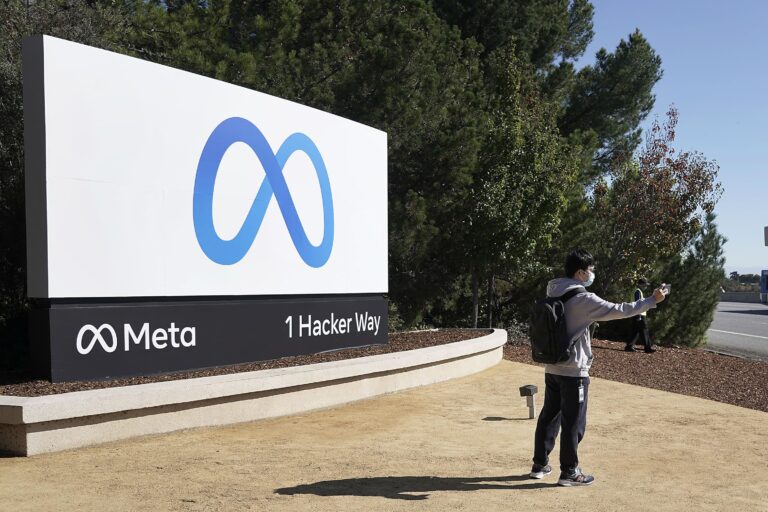Lollipop in danger of sucking.
- Despite promises of significant performance improvements, initial testing is showing that Lollipop is not much better than KitKat.
- This will rub salt into the wound caused by the upgrade that has been sitting on the shelf for months and is still not in the market in any meaningful way.
- Techspot (see here) ran some detailed tests on the Moto X, Moto G, LG G3 and Samsung Galaxy s5 before and after being upgraded to Lollipop (Android 5.0).
- The devices were tested for CPU performance, GPU performance and battery life which arguably are the things that are going to impact the user experience the most.
- The difference in CPU performance was negligible with the best devices registering a 5-6% performance improvement on multiple measures.
- The GPU benchmarks also saw virtually no discernible improvement. It is worth noting that the new Android Runtime (ART) improvements are not geared towards 3D rendering which is what all of the benchmarks measure.
- Battery life was also not meaningfully improved in any of the devices tested.
- The net result is that as far as the user goes, he is very unlikely to see a significant performance improvement when he upgrades to Lollipop.
- This is a far cry from the promises that Google made when it launched Lollipop with up to 2x performance improvement touted as a result of ART.
- This is a classic example of how performance gains in optimal conditions in the lab evaporate when tried out in the real world.
- This is due to differences in the way the stock software has been implemented and any tweaks that the handset makers may have made to the code to add differentiation.
- That being said, the modifications by Motorola are minimal (having very recently been a Google company) meaning that manufacturer tinkering is unlikely to be the cause.
- Apart from the material design user interface upgrade, which many manufacturers look set to remove any way, there is seems to be very little that will excite users.
- Lollipop is not going to suddenly fix the problems of Android in terms of software consistency and the poor user experience.
- This is bad news for Google and it is becoming increasingly clear that if Google wants to fix the user experience and software problems that plague its ecosystem, it will have to do so by completely taking complete control of the code.
- I believe that this is very much on the cards and that in the medium term, we will see the Google software become just as controlled and inflexible as the software that runs iOS or Windows Phone.
- Google’s weaknesses continue to leave the door open for Microsoft to come in and entice users away, but it will only succeed in doing so if it can fix its marketing and properly explain to users why they should consider the Microsoft ecosystem.
- Microsoft remains my long term top pick in terms of a place to look for upside in the mobile and digital ecosystem.









Blog Comments
adam
February 20, 2015 at 11:16 pm
To your last point, I see that MS have the best chance to grow, simply because they have less market share. But 100% increase in market share won’t translate into 100% profits, dividend yield, nor share price change because MS is a large corporation.
So what’s the quantitative upside?
windsorr
February 23, 2015 at 11:11 am
I am looking for 400-500% upside in market share. If it pulls its finger out, it should be even more
Tim Nash
February 21, 2015 at 3:05 pm
Google – Microsoft in phones looks like a replay of MS – Apple in PC operating systems in the 90s. While Windows phone has a better UI, it lacks the apps and for the consumer, the phone cost is not significantly cheaper. For the OEMs there is little consumer demand for Windows phones and little demand for the latest version of Android, so it’s easiest to implement Android at their own pace. Carriers and independent shops are only going to stock Windows phones to the extent they can sell them, which means that unless MS is willing to pay for prominent shelf space, the phones will be buried at the back of the store.
MS can move forward in mobile but it needs to continue to concentrate on real advantages like Office.
windsorr
February 23, 2015 at 11:12 am
It needs to do all of those things at once. They have the man power just not perhaps the co-ordination.